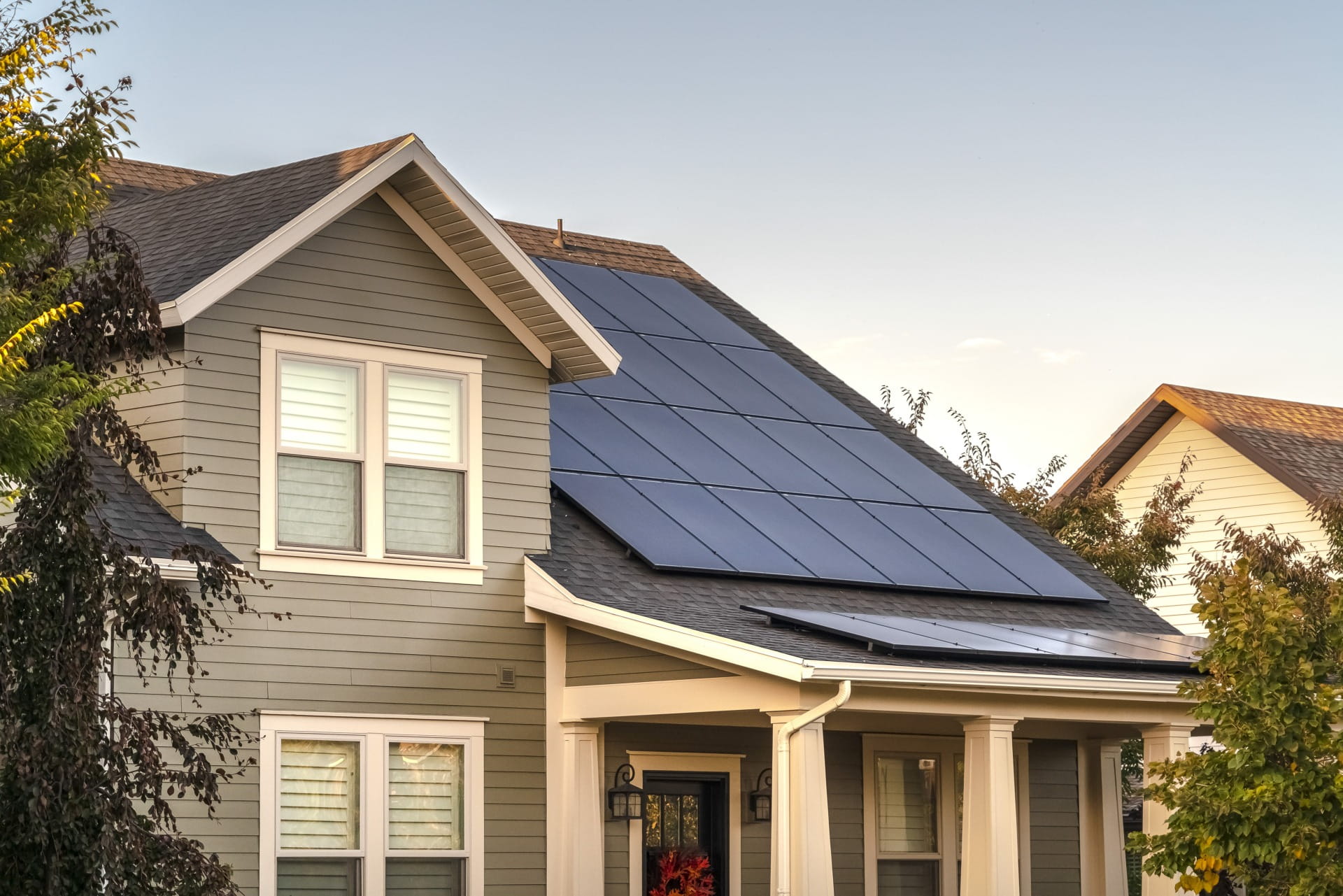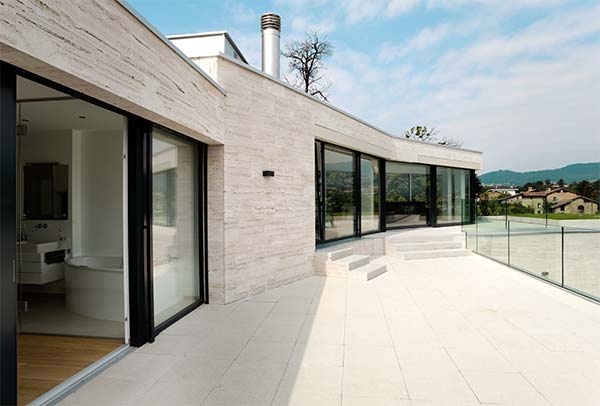
Community Solar
Community solar arrangements allow multiple energy customers to share in the benefits of one local solar energy plant. This is a relatively new concept that many residential and business customers are either exploring or actively engaged in. According to SEIA, through early 2016, there were 25 states with at least one active solar community, 91 projects and 102 cumulative megawatts of power installed.
Community solar projects allow homeowners or businesses to subscribe to a portion of the energy that is produced by “community solar gardens.” Community solar gardens are solar projects with thousands of panels allowing homeowners and businesses to utilize and benefit from solar energy, without having to install solar panels on their roofs. The site of a solar garden needs to be between 1-20 acres and near substations or utility distribution lines. A solar garden can be a large building, a parking lot or farm land. Any kind of solar panels can be installed, but silicon electric solar panels are most common.
This rapidly growing concept allows people to trial solar energy prior to taking the larger step of installing solar panels on their own property. Community solar gardens are a practical way to minimize the financial and physical barriers of trialing solar power usage. Residents and businesses have the ability to purchase only a certain portion of the output of a solar garden, thereby limiting their personal commitment level to the project and their own financial exposure. Once satisfied with the solution, more output can be purchased or installing a personal solar unit can be pursued. Residents and businesses “buy in” to a solar garden at their own pre-determined level of output, while the cost to produce the output is split between all participating households and businesses. Generally, you are able to subscribe to any solar garden that is located in your county. If you or your business moves you can transfer your subscription to a new meter, or sell your subscription.
When you choose to participate in a shared solar community, you are taking a critical step forward in helping preserve the planet for future generations. The use of solar energy generally causes little to no pollution compared to conventional energy sources. Conventional energy sources use fossil fuels that burn and produce harmful gases that are one of the main causes of global warming. As more individuals and businesses make the move towards solar energy, the greater the chance we have of curtailing global warming. In addition to being a renewable energy source, solar energy is sustainable so there is no way we can over consume it. Further, as we reduce our reliance on fossil fuels there is the benefit of reducing our vulnerability to the significant swings in their costs. Fossil fuel prices can fluctuate greatly leaving individuals and business susceptible to dramatic price increases, which can put a strain on household finances and erode the profits of a business.
At least 12 states and Washington D.C., have recognized the benefits of shared renewable energy sources by encouraging their growth through public policy and funded programs (SEIA 2016). Community solar programs offer clear financial and environmental benefits for those who are smart enough to seize them. If you are interested in learning more about this or any other aspect of solar energy, contact the professionals at SolarWerks.







No Comments